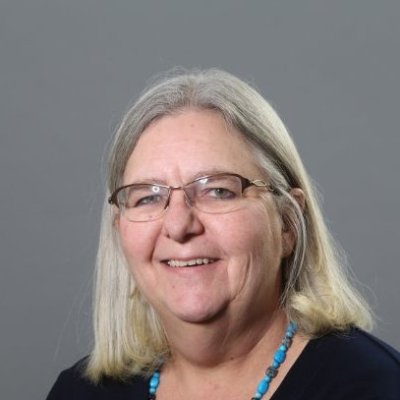We are excited to be sponsoring and presenting at the annual GeoConvention that will take place live on a virtual platform on September 21-23, 2020. The event is organized each year by the geoscience societies of Calgary, and we are pleased to have two talks accepted as part of their on-demand technical sessions.
Wed, Sep, 23rd, 8:35 AM – 12:15 PM – Advancements in Operations
Room 1, Geology and Geophysics Tracks
The Canadian Well Identifier, not your Daddy’s UWI
Sue Carr (presenter), Katalyst Data Management
Floy Baird, DataMatters Consulting, Inc.

The big names in the energy section include Amoco, Gulf Canada, Dome Petroleum, HBOG, Canadian Pacific Oil and Gas. Artifacts of those great companies still exist in our vast data stores. Look how far the industry and technology has come, hand in hand together. In 1965 we worked primarily on paper, with well files and paper maps. About this time, we are testing cyclic steam in the “Tar” sands. The predominate well profile was a single vertical borehole, and the CPA UWI was the standard identifier, used by all disciplines, across the well’s life, from licensing to the end of life. The CPA UWI is a descriptor by nature tied to the bottom hole of the borehole and because of its descriptive nature gives us immediate valuable information. This won’t change.
But, let’s have the conversation about change, how many of us are still driving that Ford GT 350, using the same fridge from 1965, sporting the same haircut? Wells are critical assets for energy companies, and well data represents our understanding of the subsurface, the rocks, the steel and equipment buried deep underground. Since 1965, our technology has changed, how we drill wells has changed and yet the unique well identifier (UWI), designed and implemented 55 years ago, has not changed. In 2020, the industry requires an identifier that will address the way we do business today, the way we drill wells today. This discussion will explore those business requirements driving the necessity of this change, focusing on answering why we might want to add a new well identifier to our tool belt.
Domain Master Data Management – What’s in it for me?
Floy Baird (presenter), DataMatters Consulting, Inc.
Sue Carr, Katalyst Data Management

Data management has historically been the scary monster under the bed, that no one wants to deal with. Success has been achieved with an army of people, scurrying about to manage the data. Over the last five years the industry has changed fundamentally, and data management staff have been decimated. The industry needs to react to these changes as an opportunity to tackle the scary monster under the bed. What could domain MDM be for geoscience, the components that go into MDM, the risks and the rewards?
This talk will explore MDM, and begin to create an operational roadmap for MDM from a geoscience perspective. Definitions of domain MDM are different, depending on the functional area you work in. Some areas, like accounting, have had the practice of MDM integrated into their business models for quite some time. It’s a part of their data practices, legislated by GAPP and Sarbanes Oxley. How accounting defines their MDM roadmap will not be how geoscience defines their MDM roadmap.
Domain MDM must reflect their specific needs to be fit-for-purpose within that domain. There are many types of data in organizations; analytical (which is the exciting kind, all the current buzz), transactional (real time data being collected constantly), and operational data (transactional data that is managed). These are the data building blocks of domain MDM, which then uses the common, critical business “objects/concepts” across business landscape to create that single version of the truth. This talk will set the foundation for MDM and discuss benefits to geoscience workflows. A practical five step approach will be discussed.
About GeoConvention
GeoConvention is an annual convention and exhibit produced by the Canadian Society of Petroleum Geologists (CSPG), Canadian Society of Exploration Geophysicists (CSEG) and the Canadian Well Logging Society (CWLS). Organized in Calgary, this convention offers delegates and attendees the opportunity to network and learn with fellow industry professionals.
For the 2020 program, attendees will have a virtual platform that can be accessed worldwide, showcasing the latest developments in the geosciences and earth sciences. The on-demand content will be available on the virtual GeoConvention platform until October 31st.
For more information on the presentations at the virtual GeoConvention, visit the online technical program.


